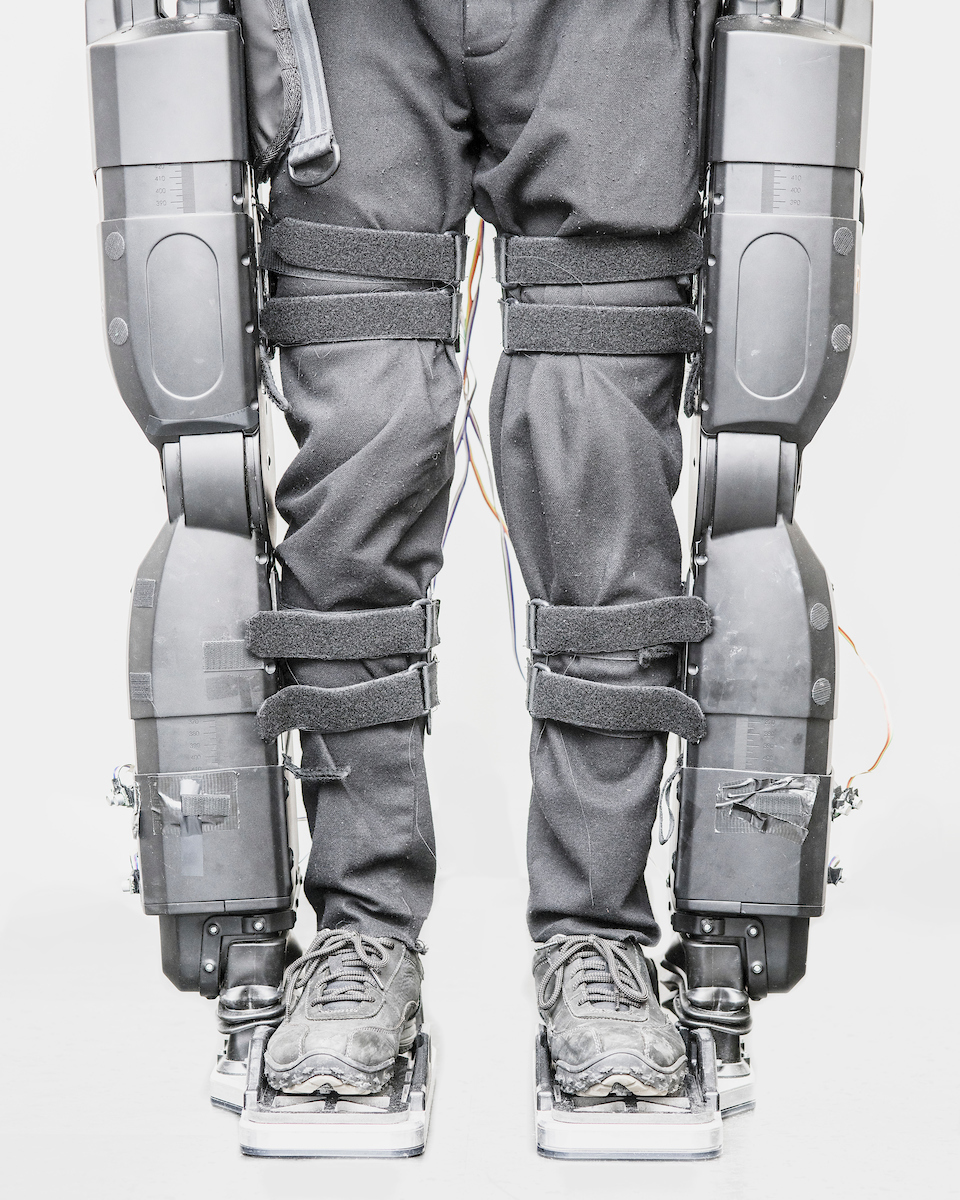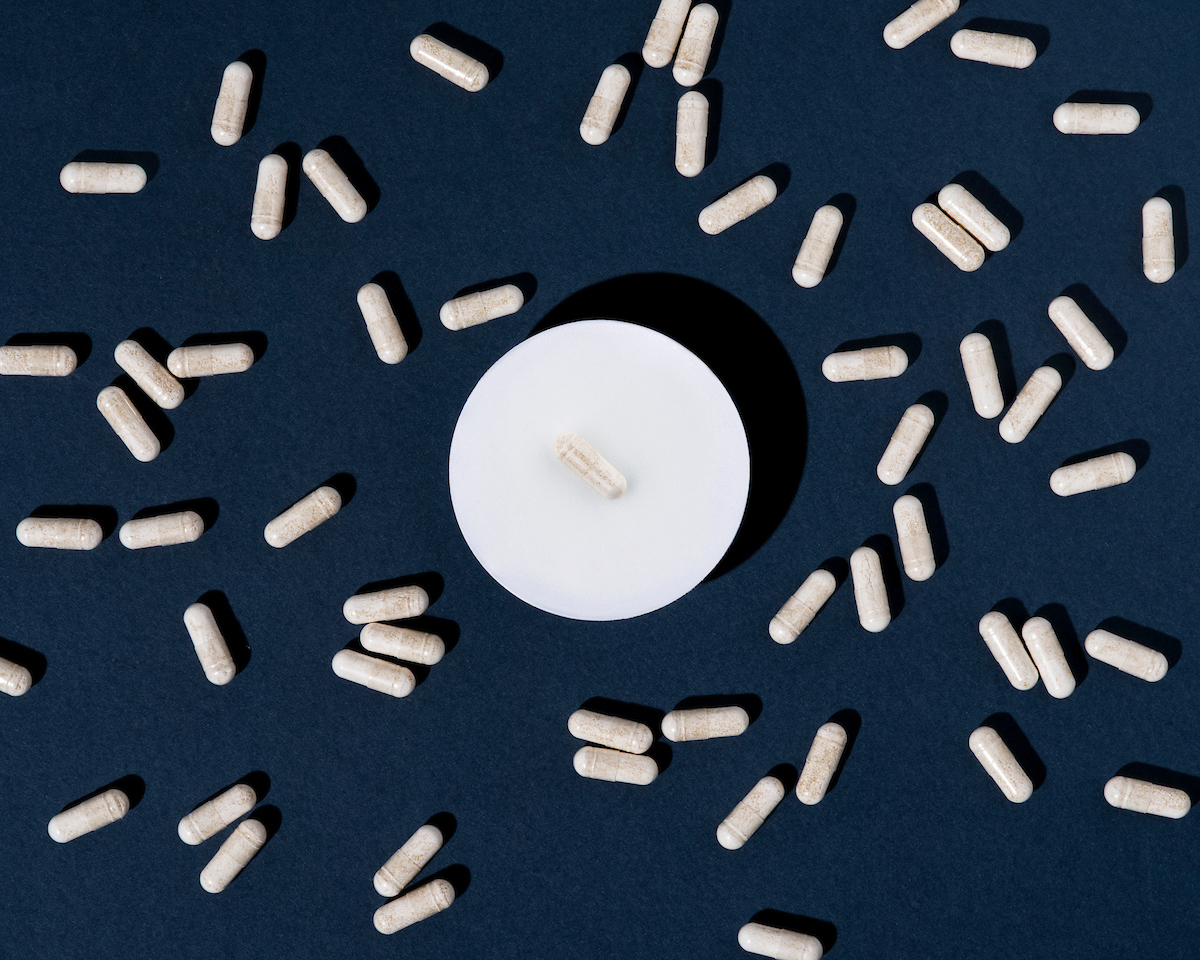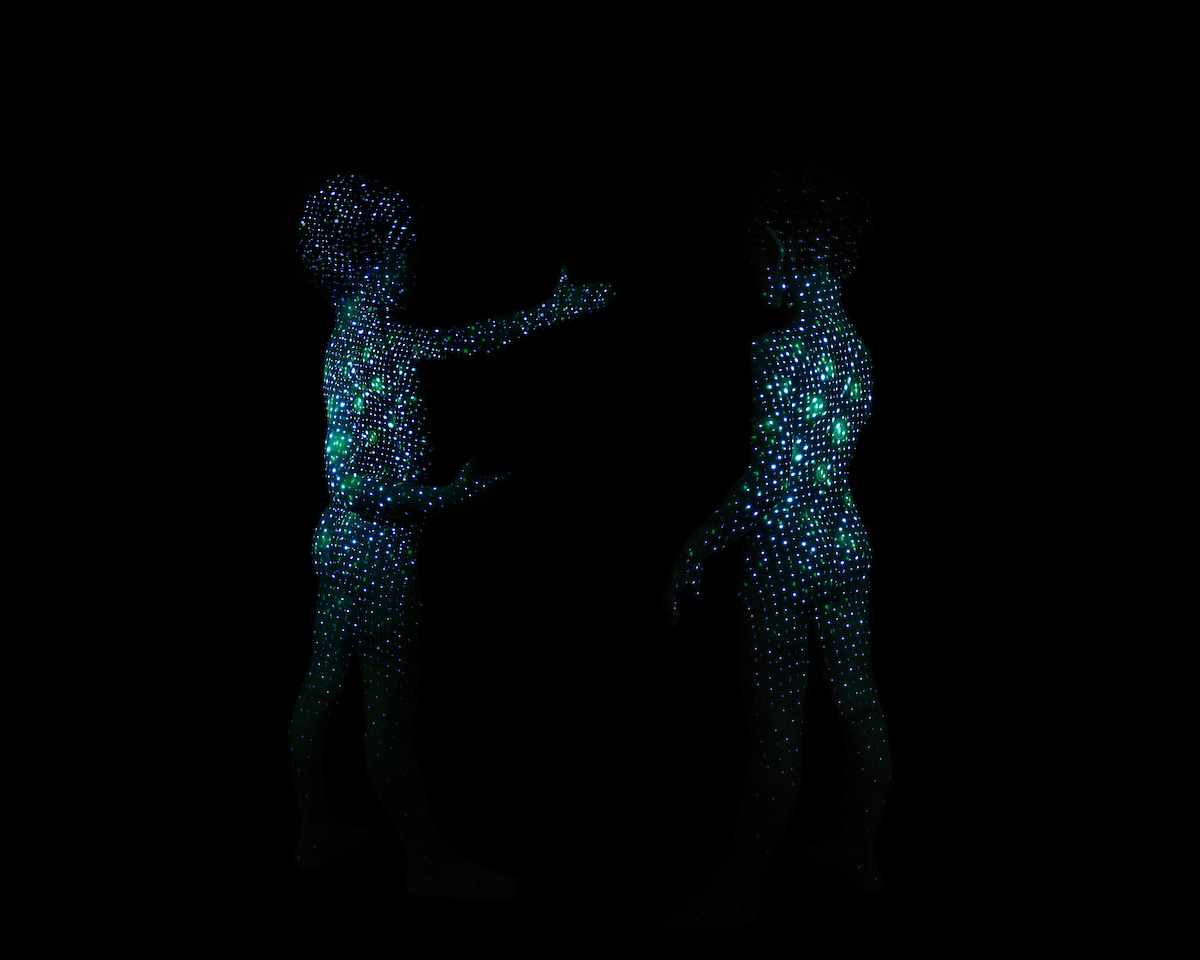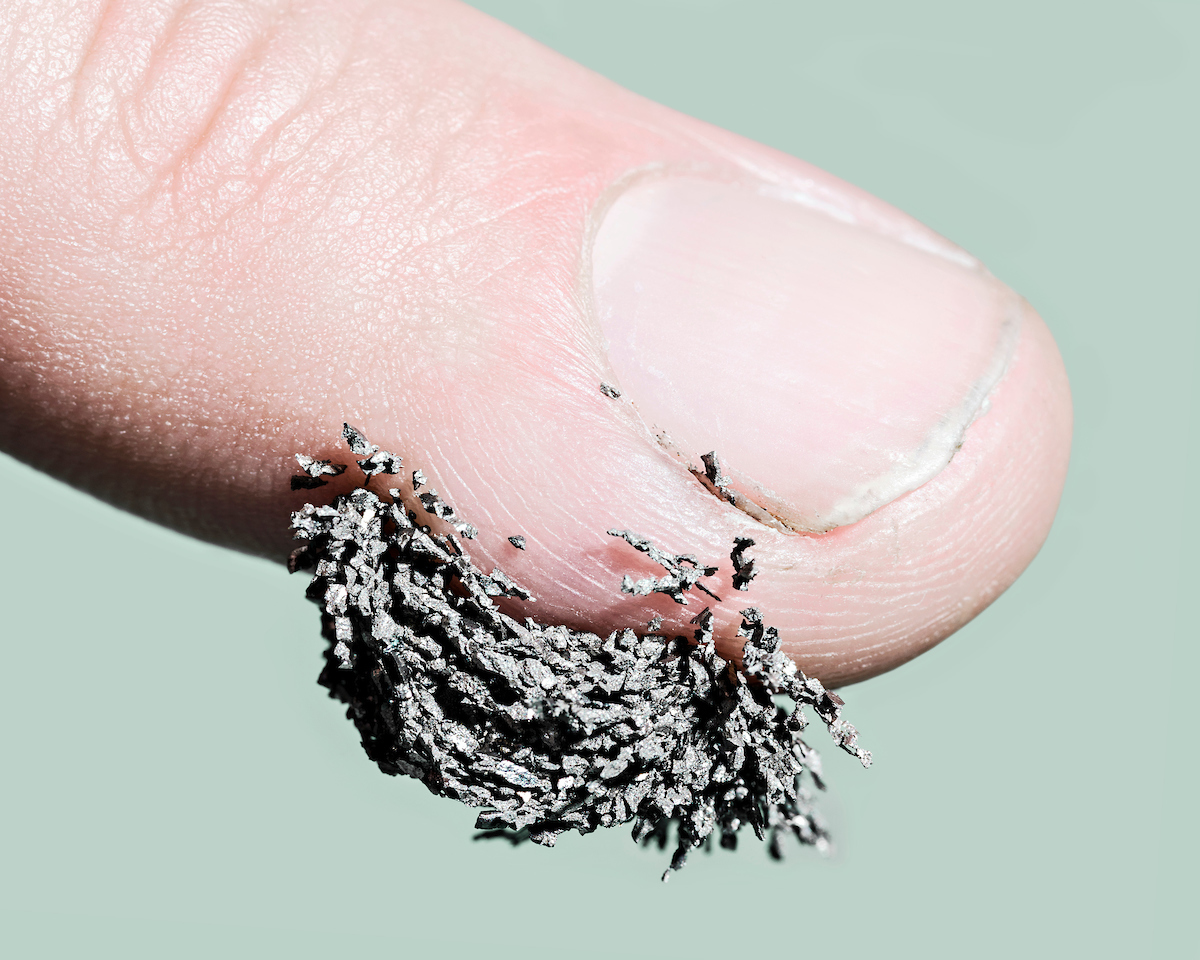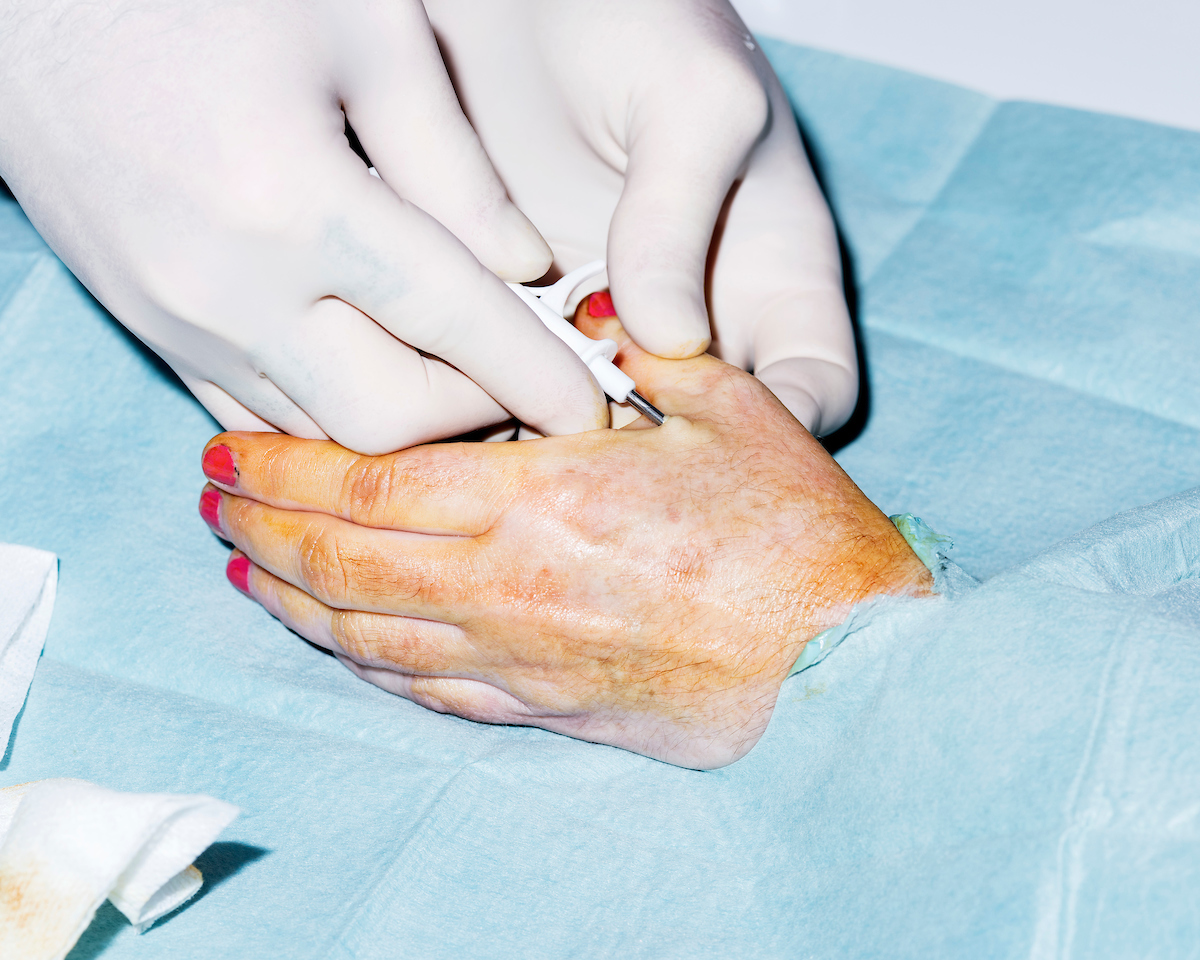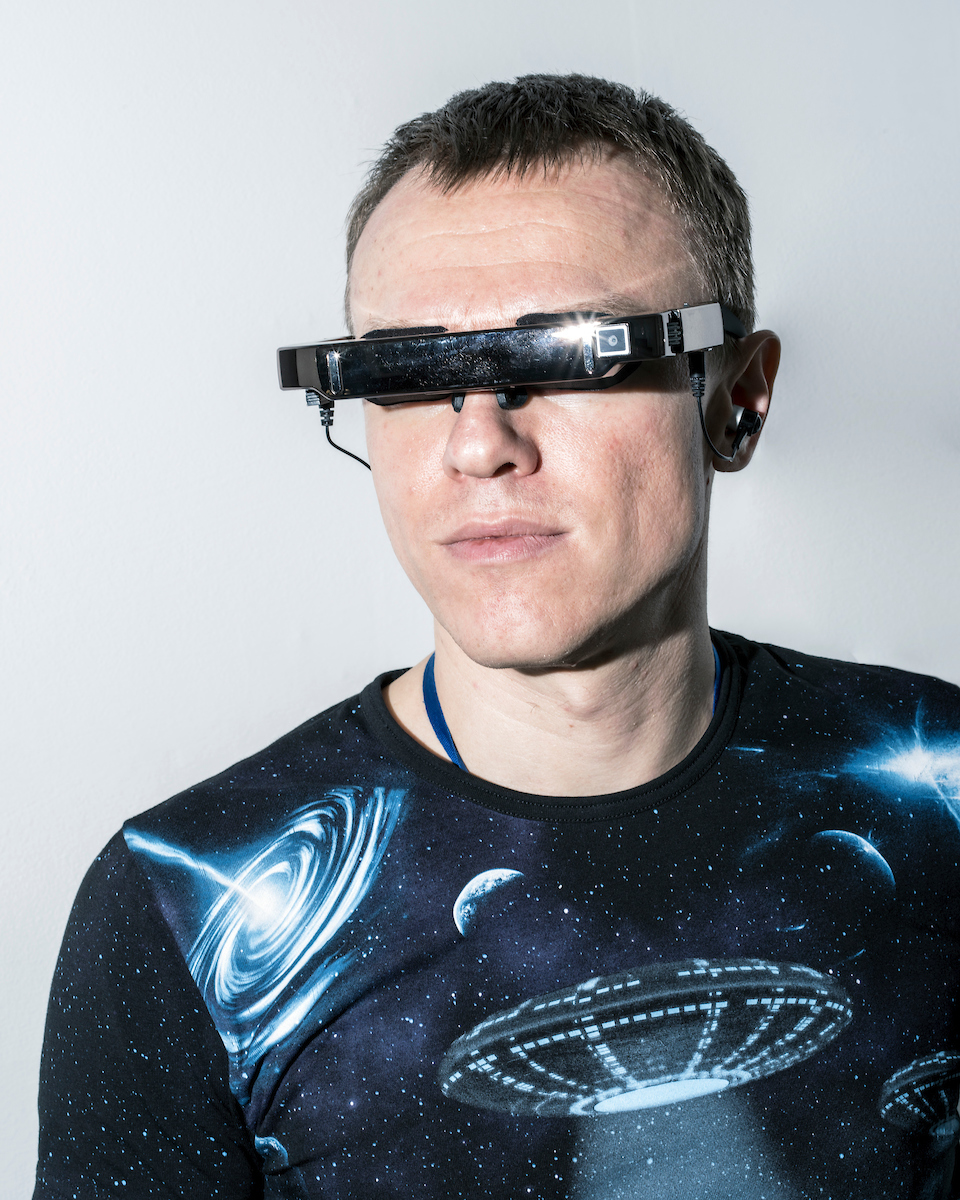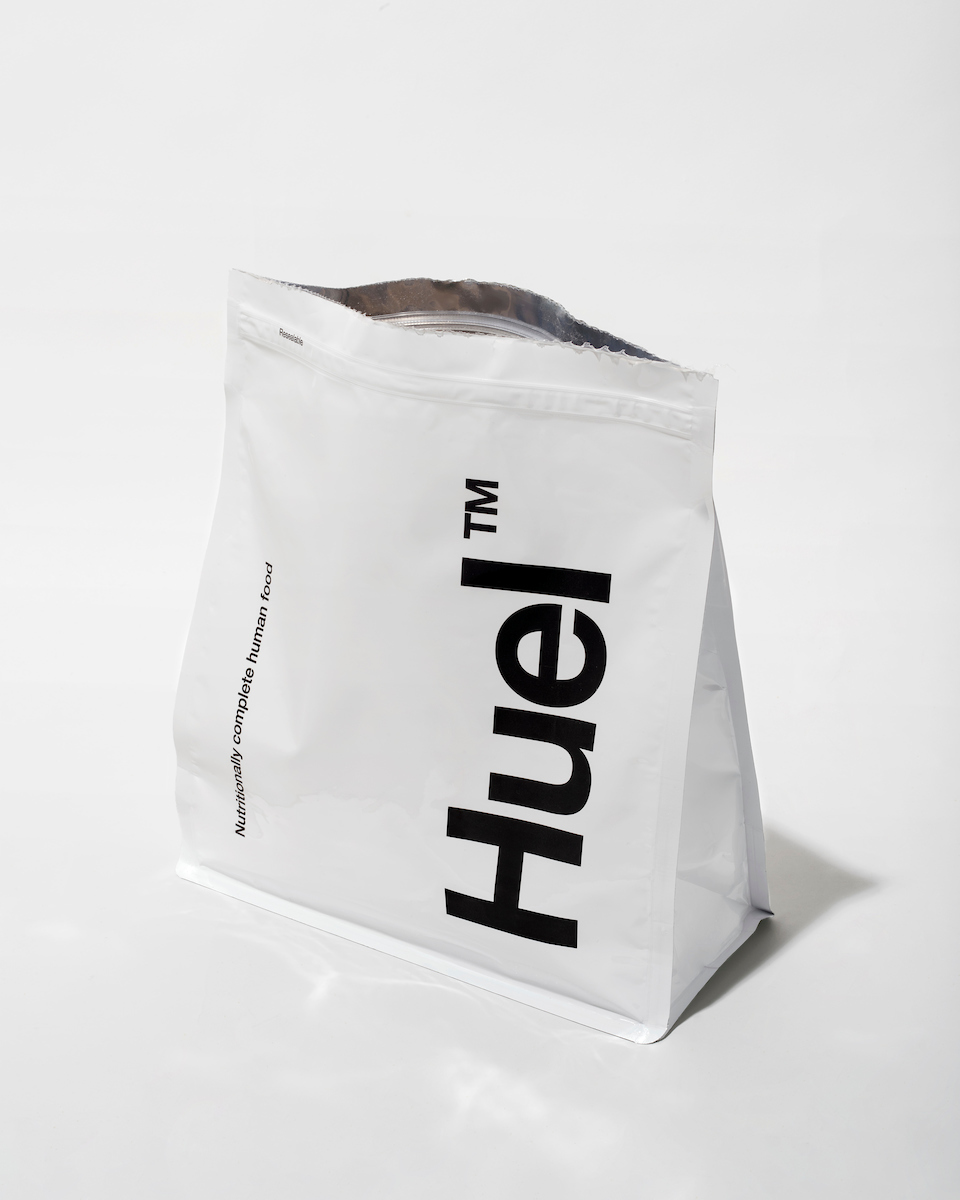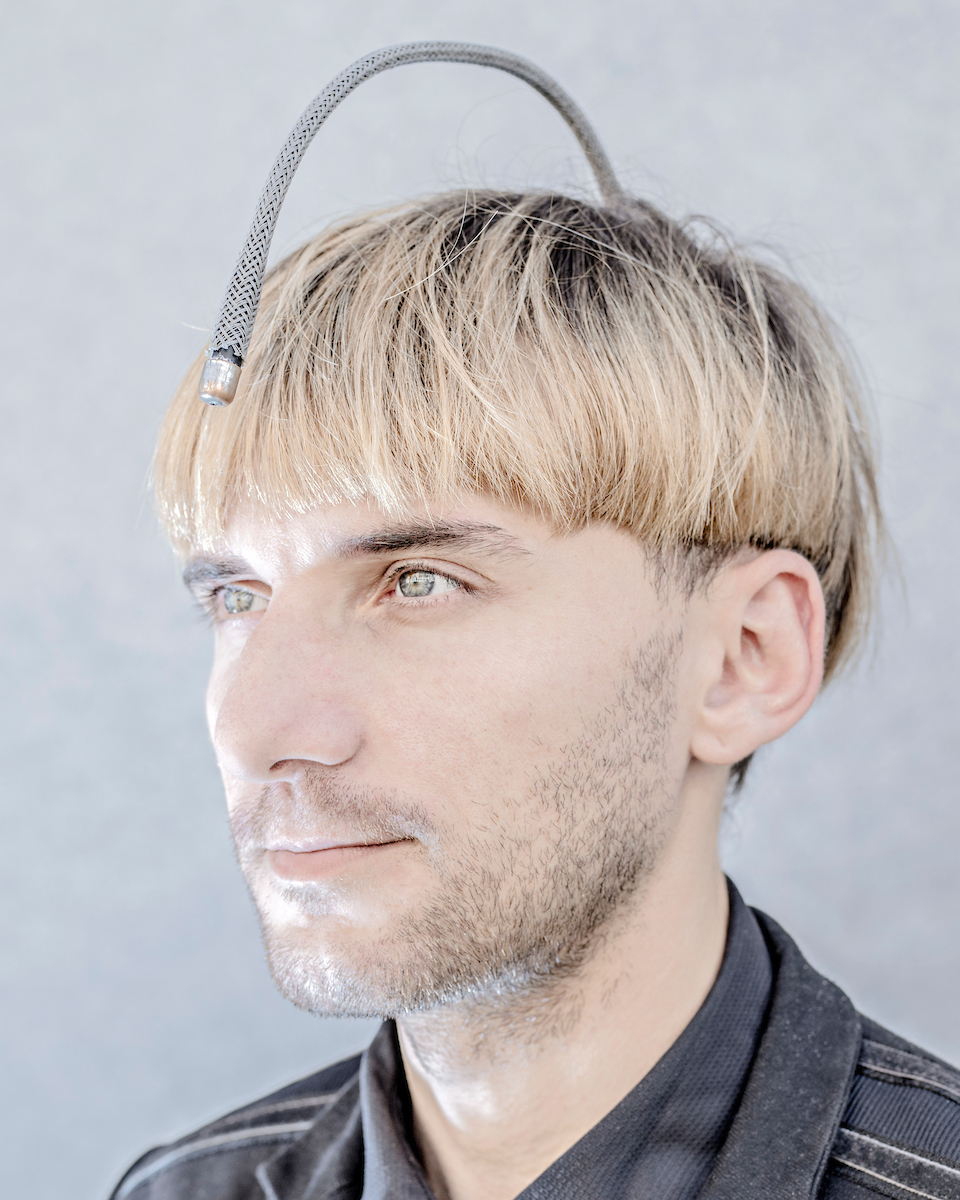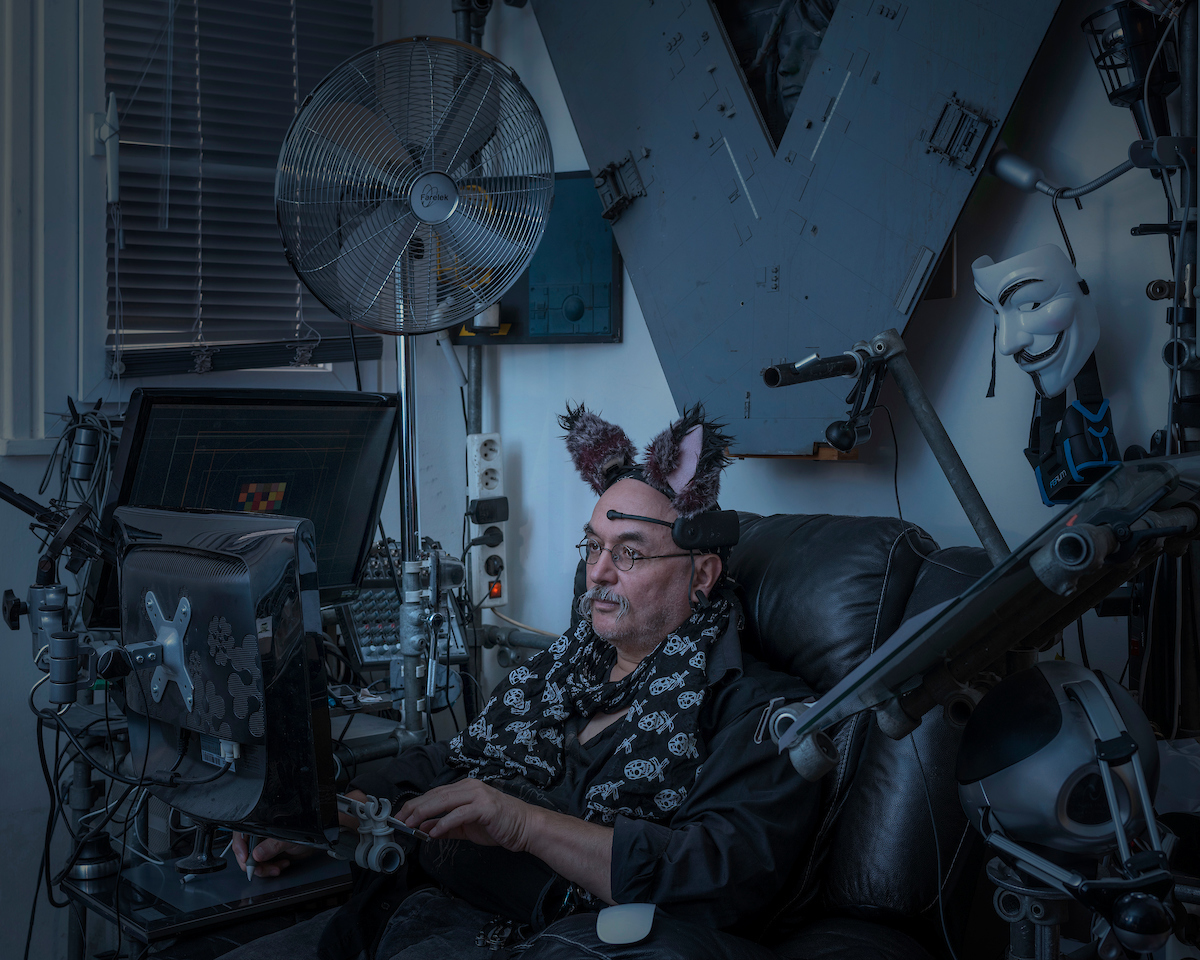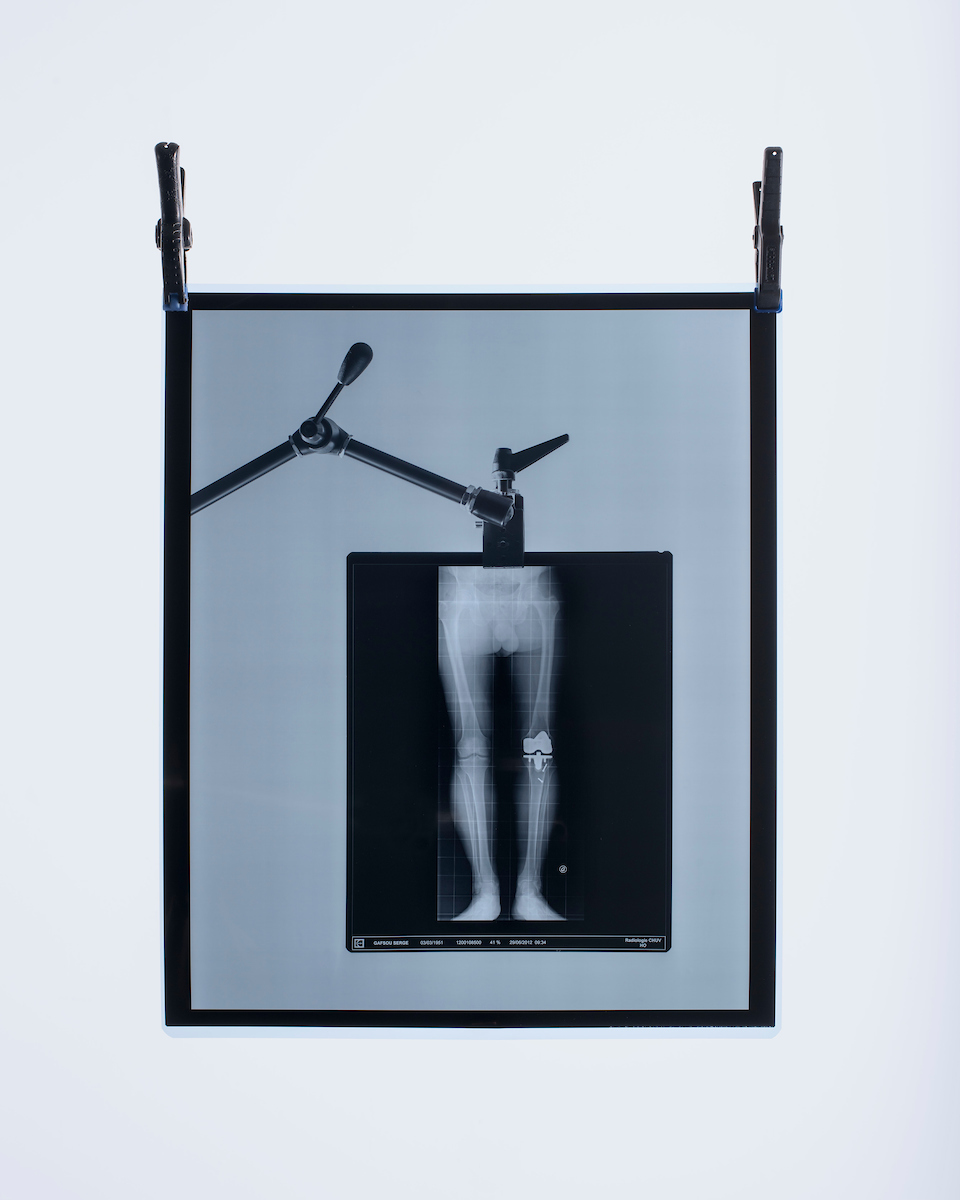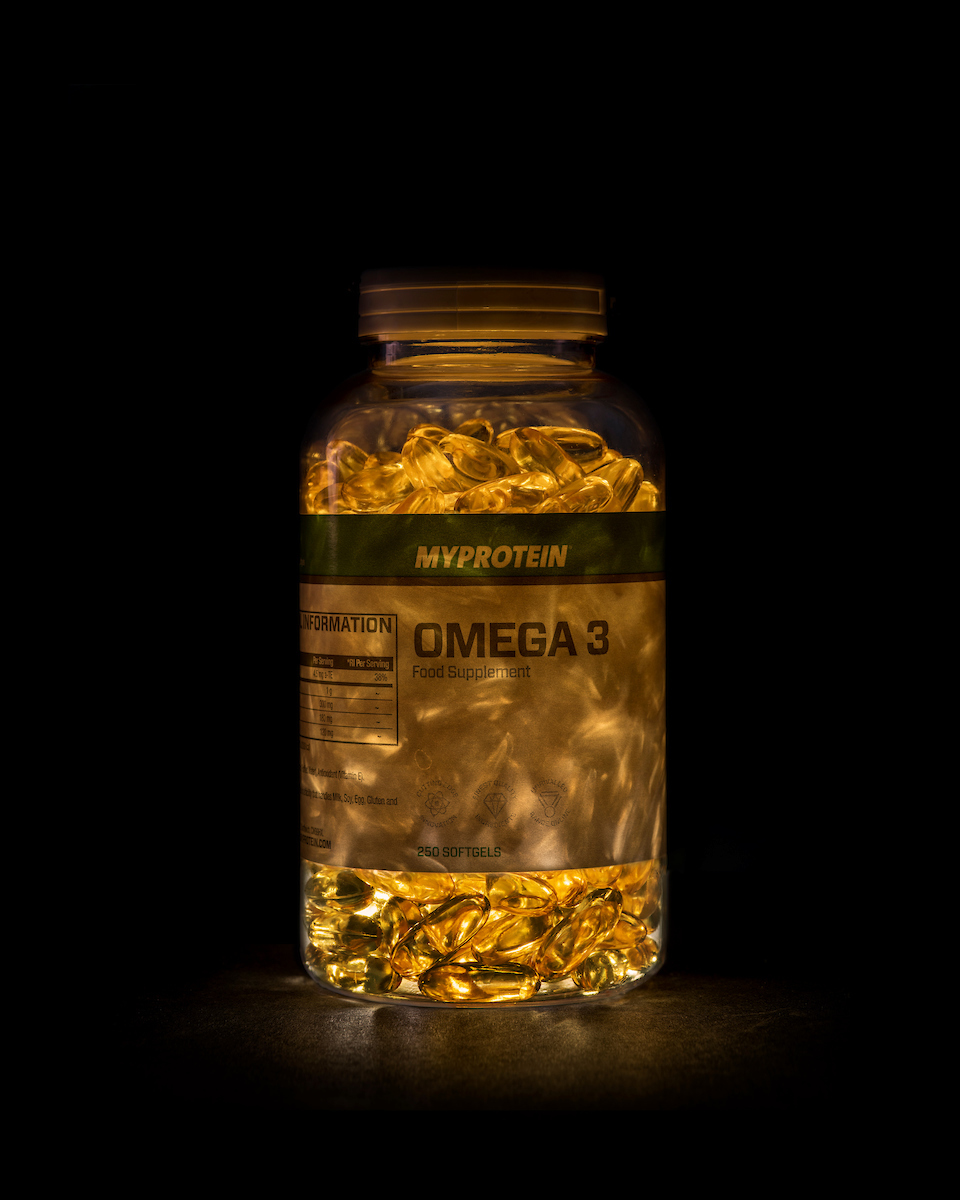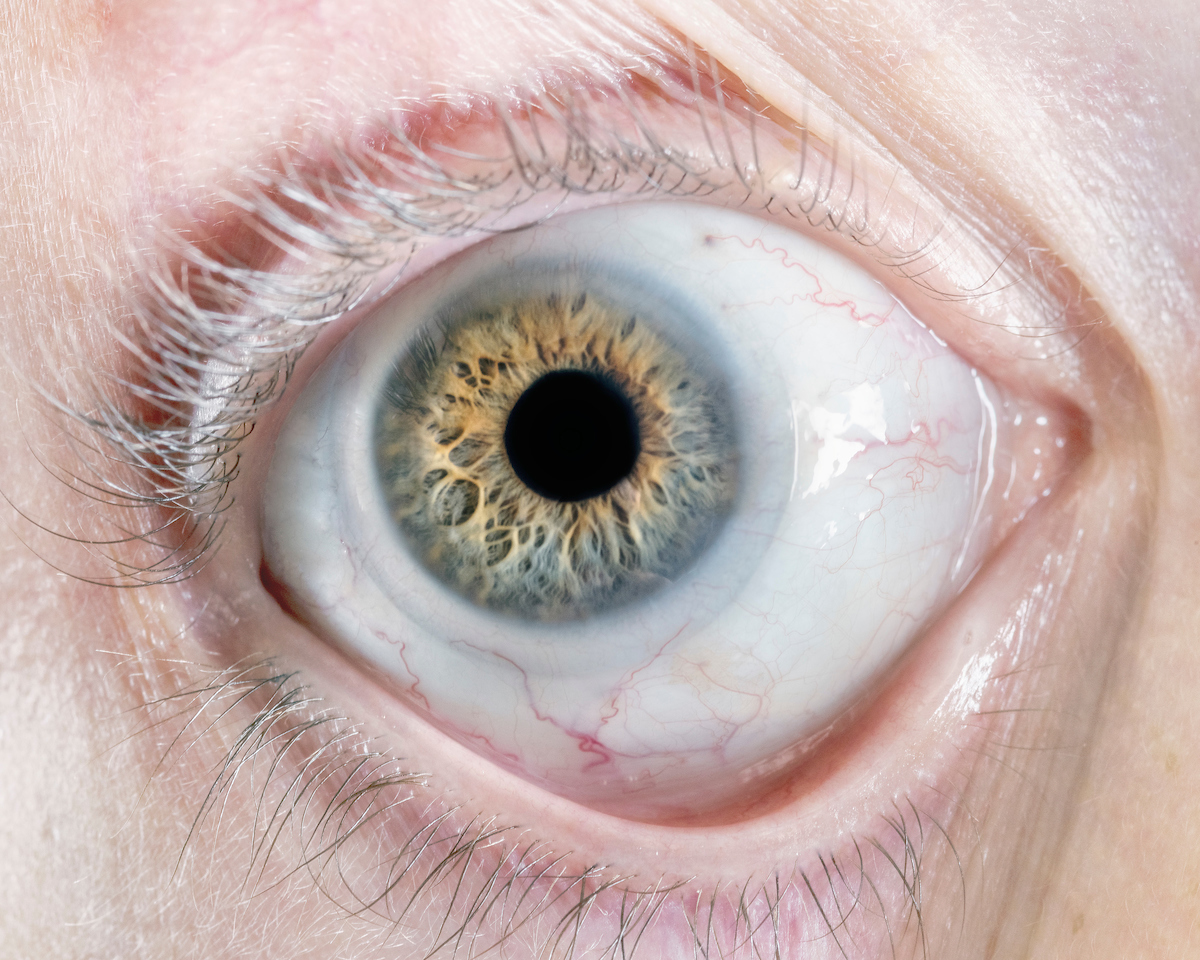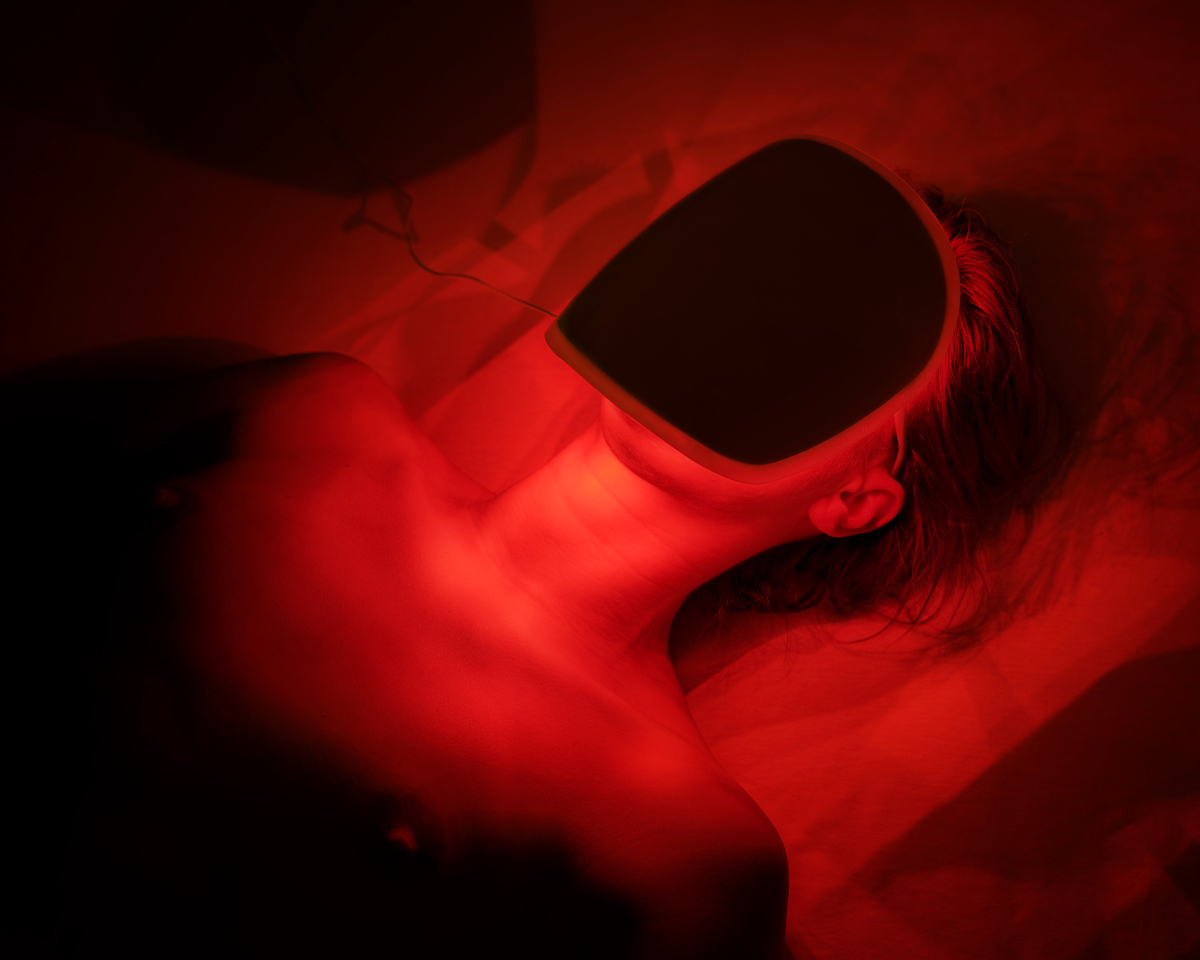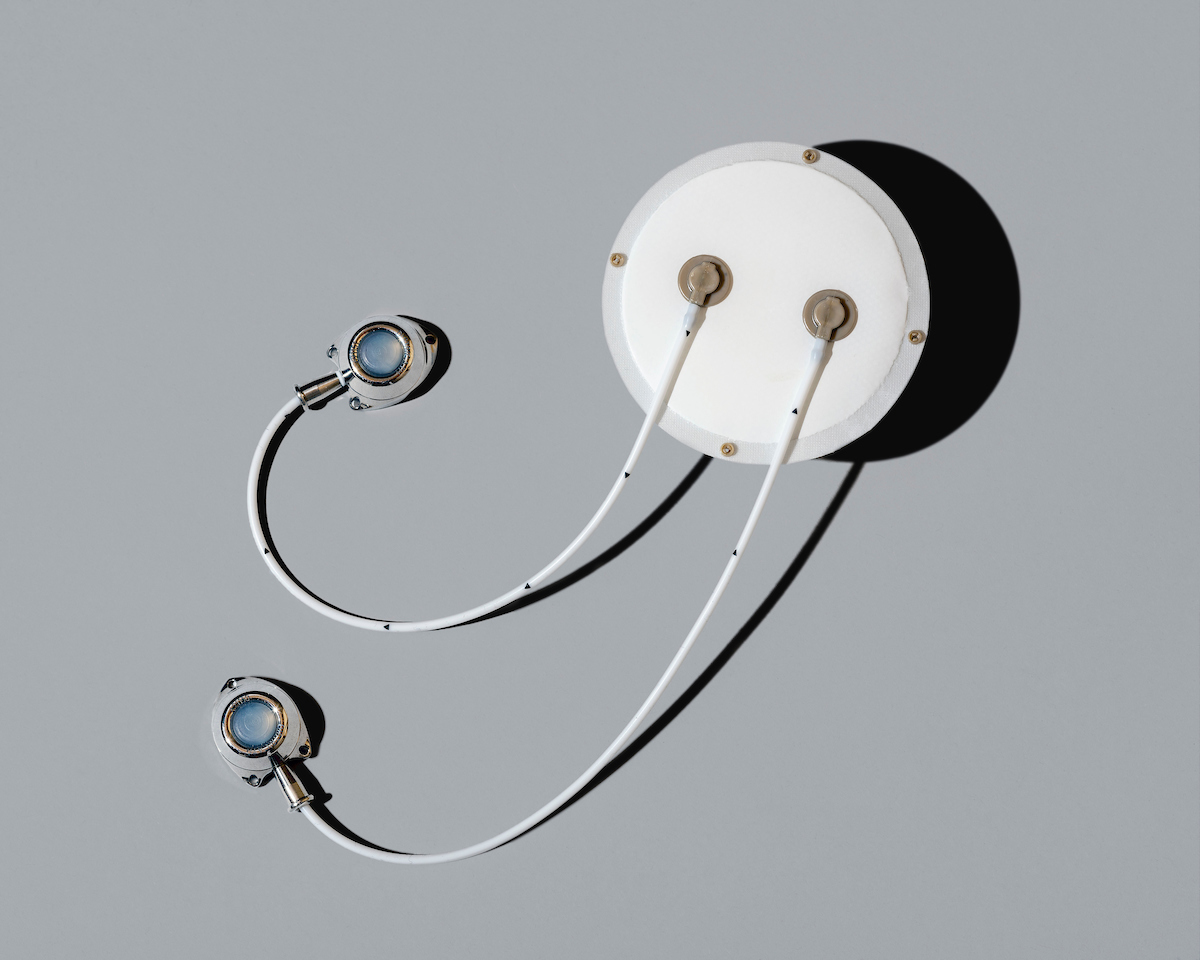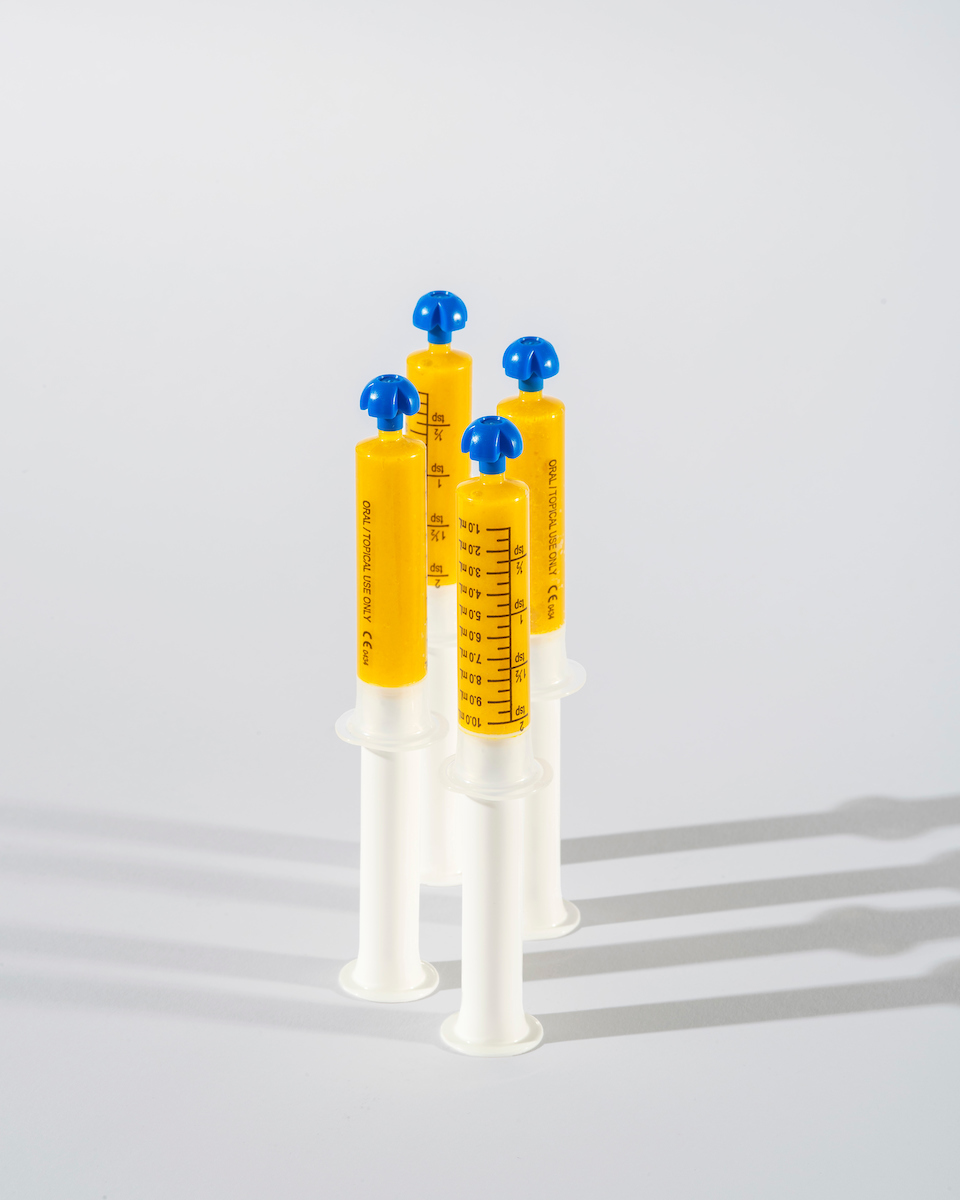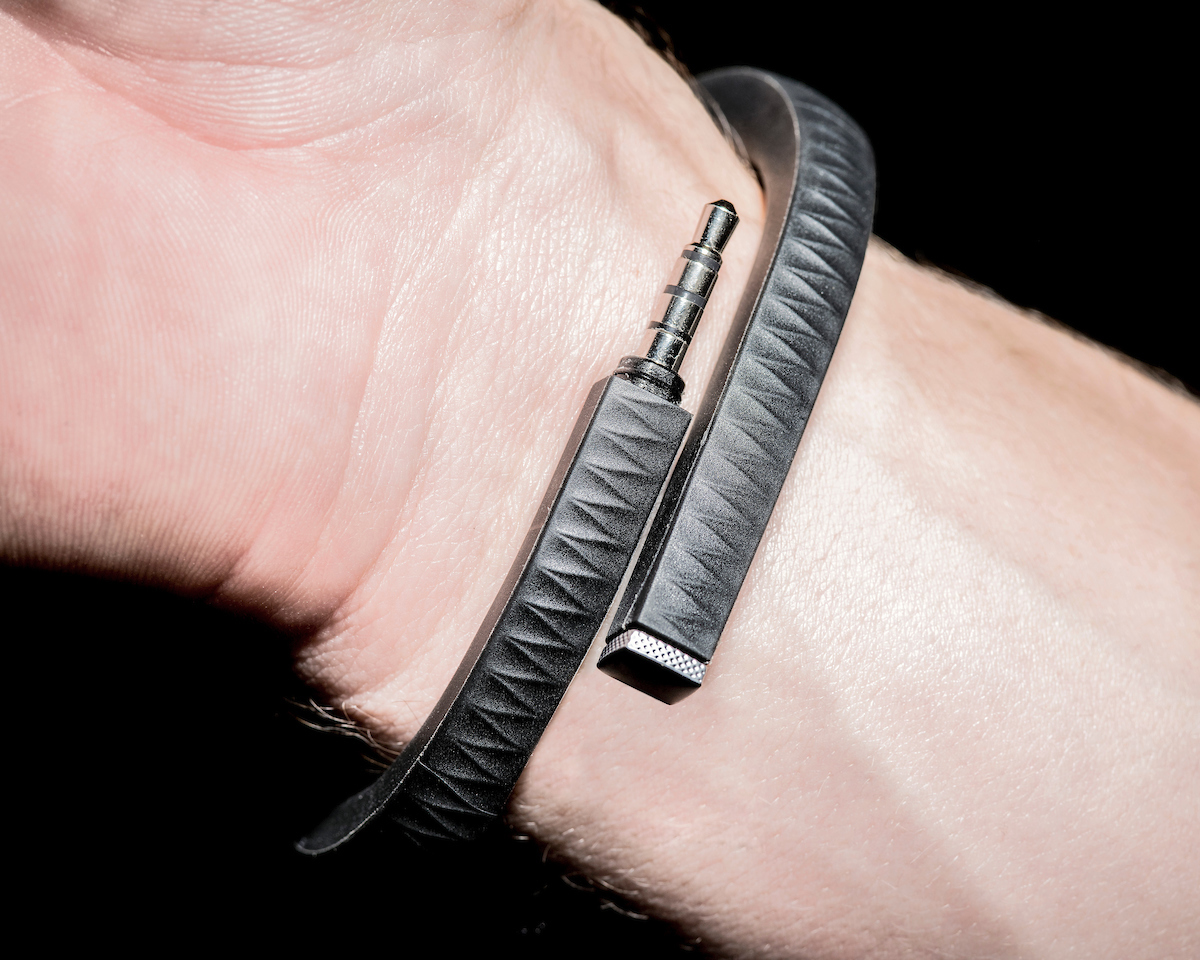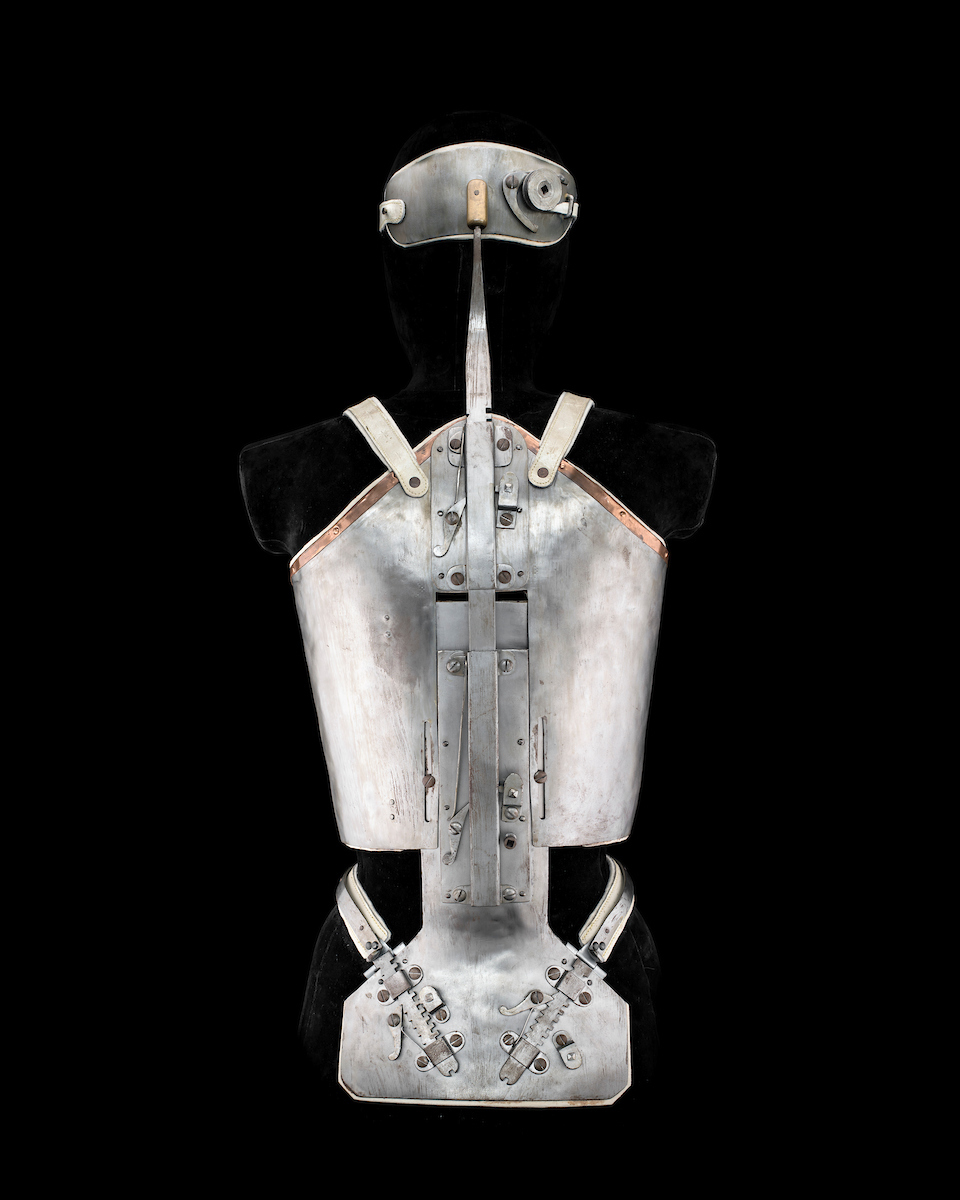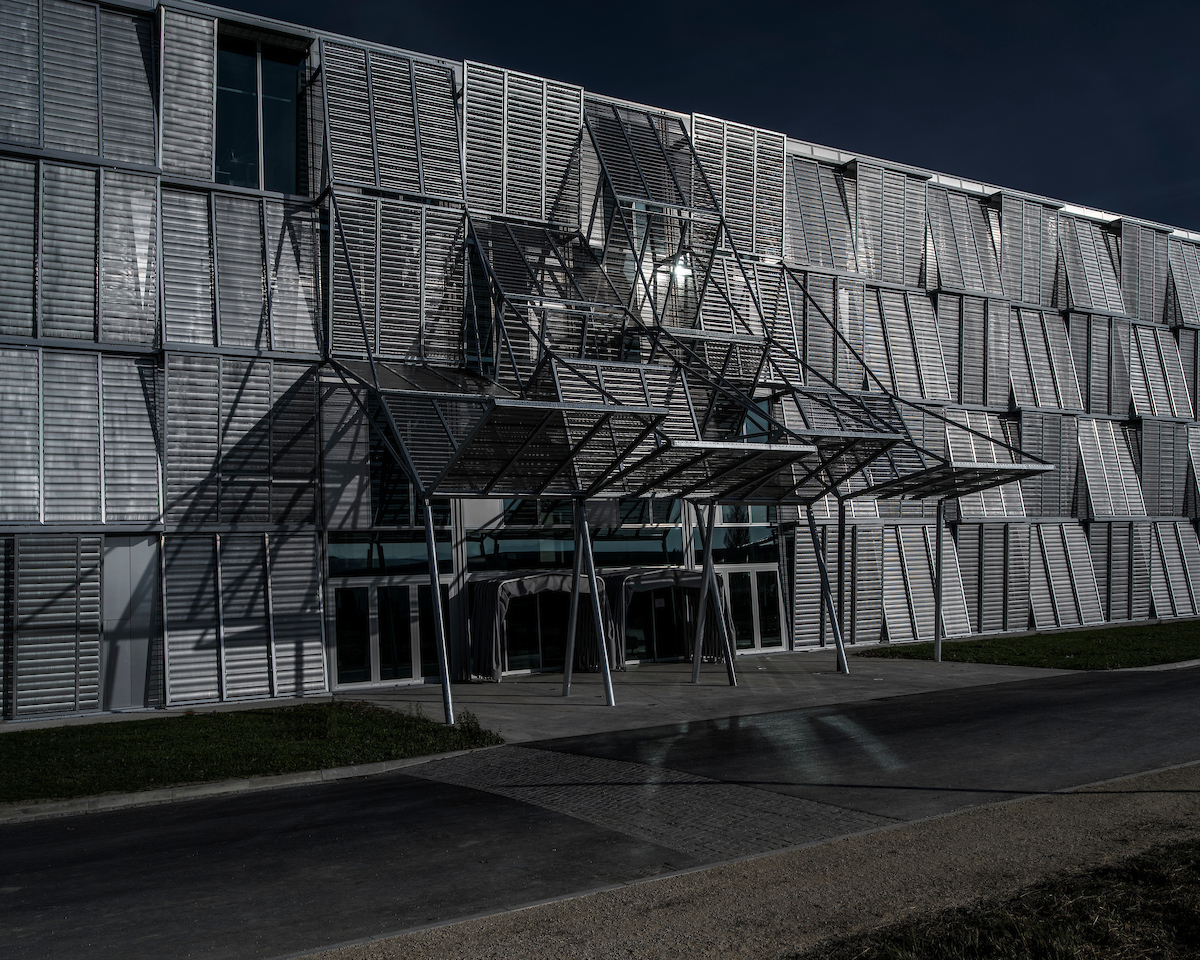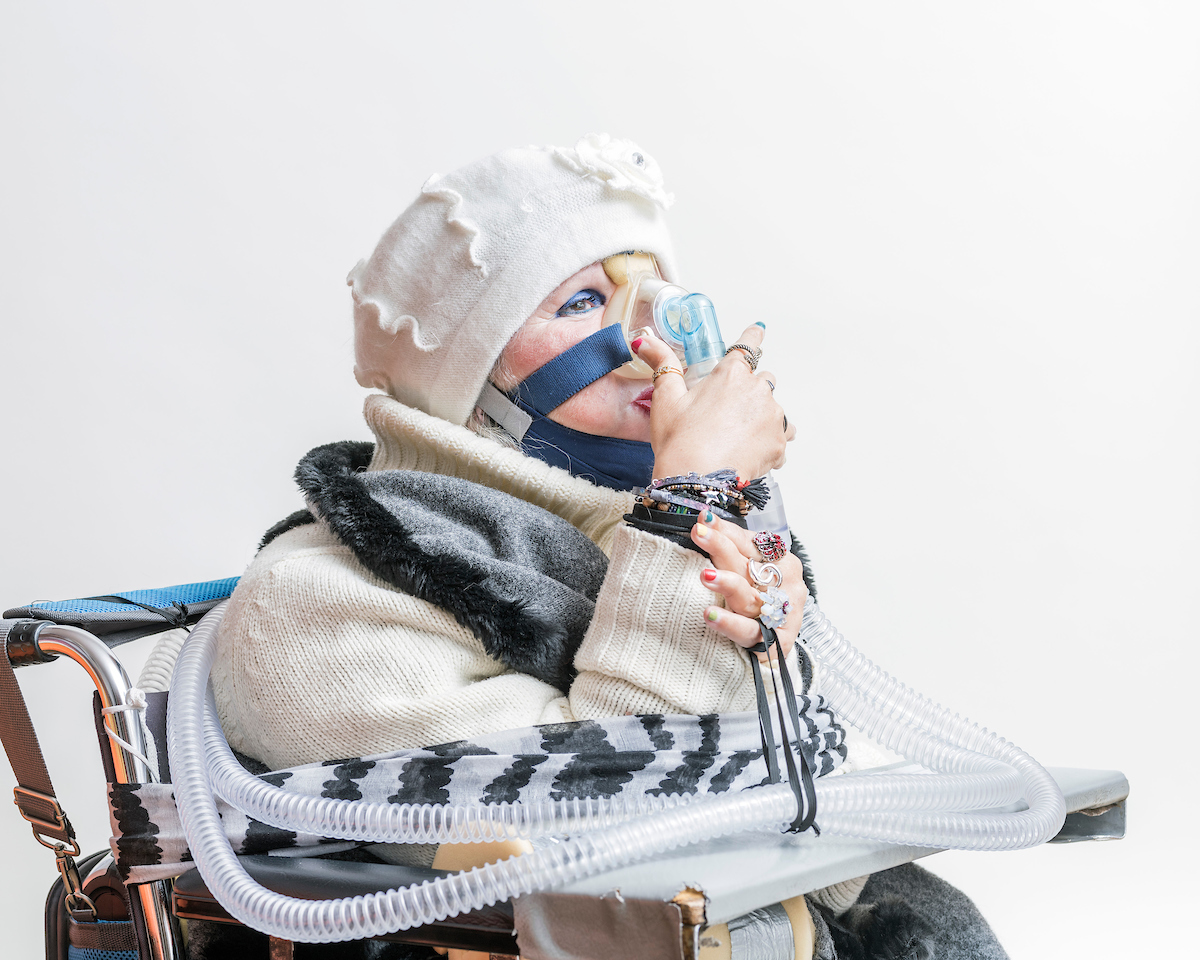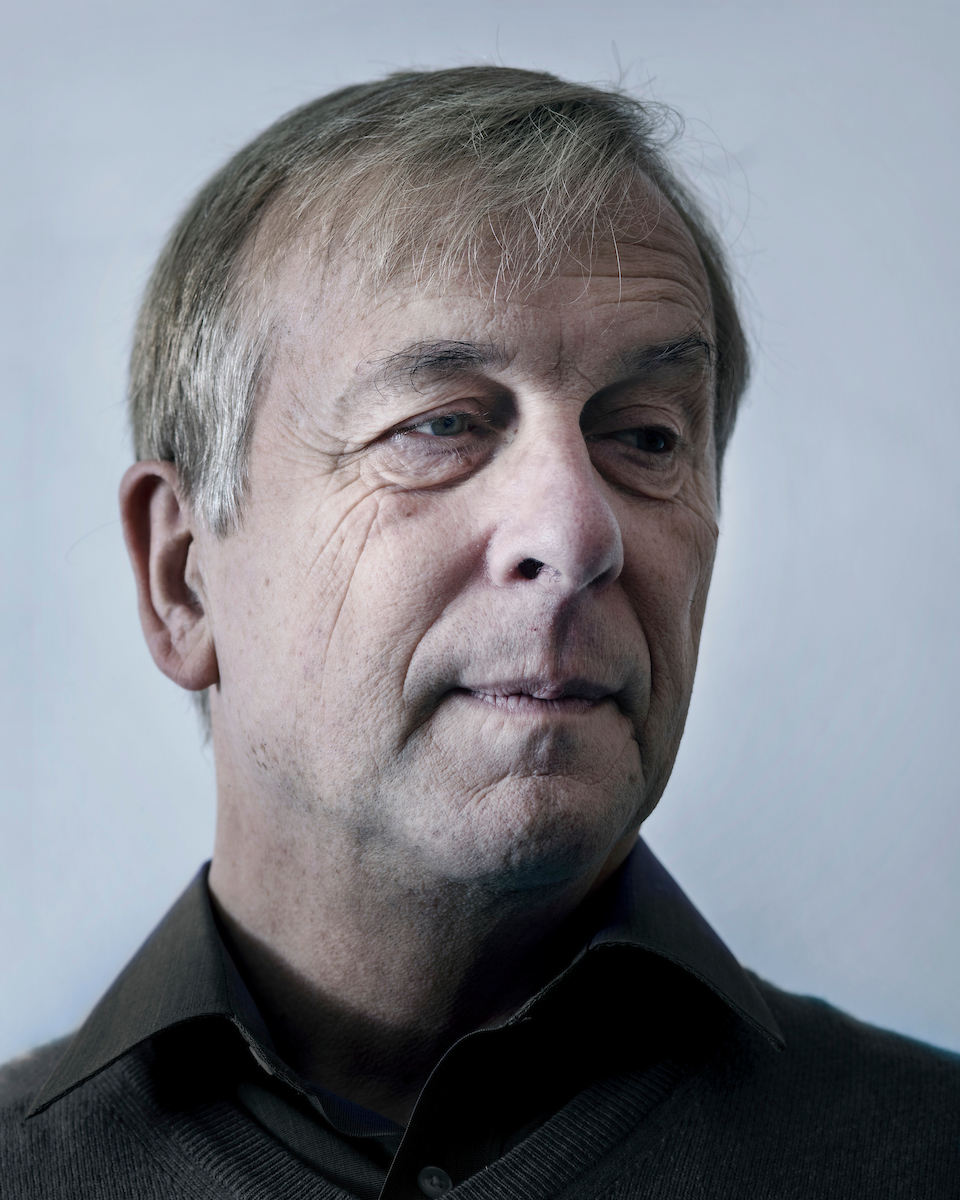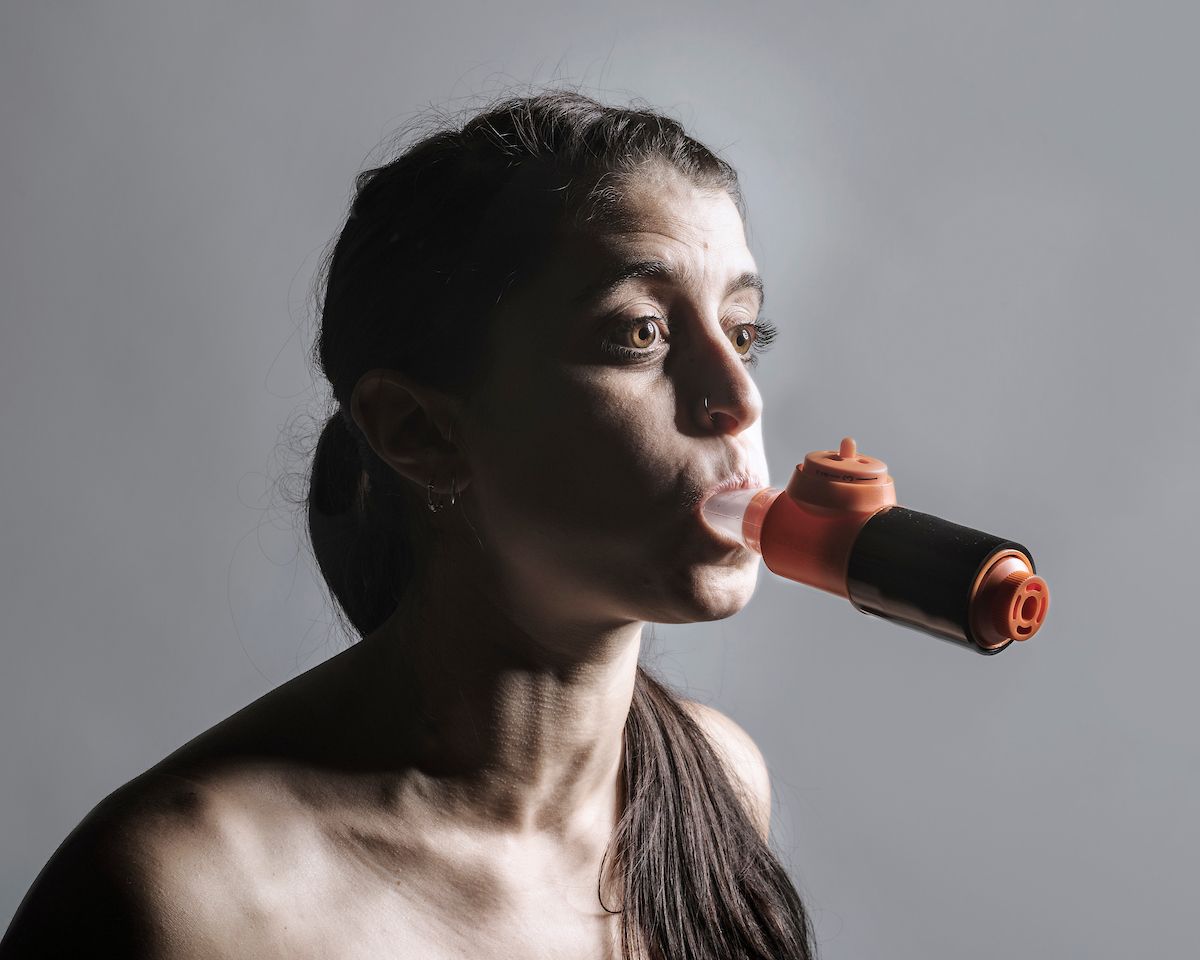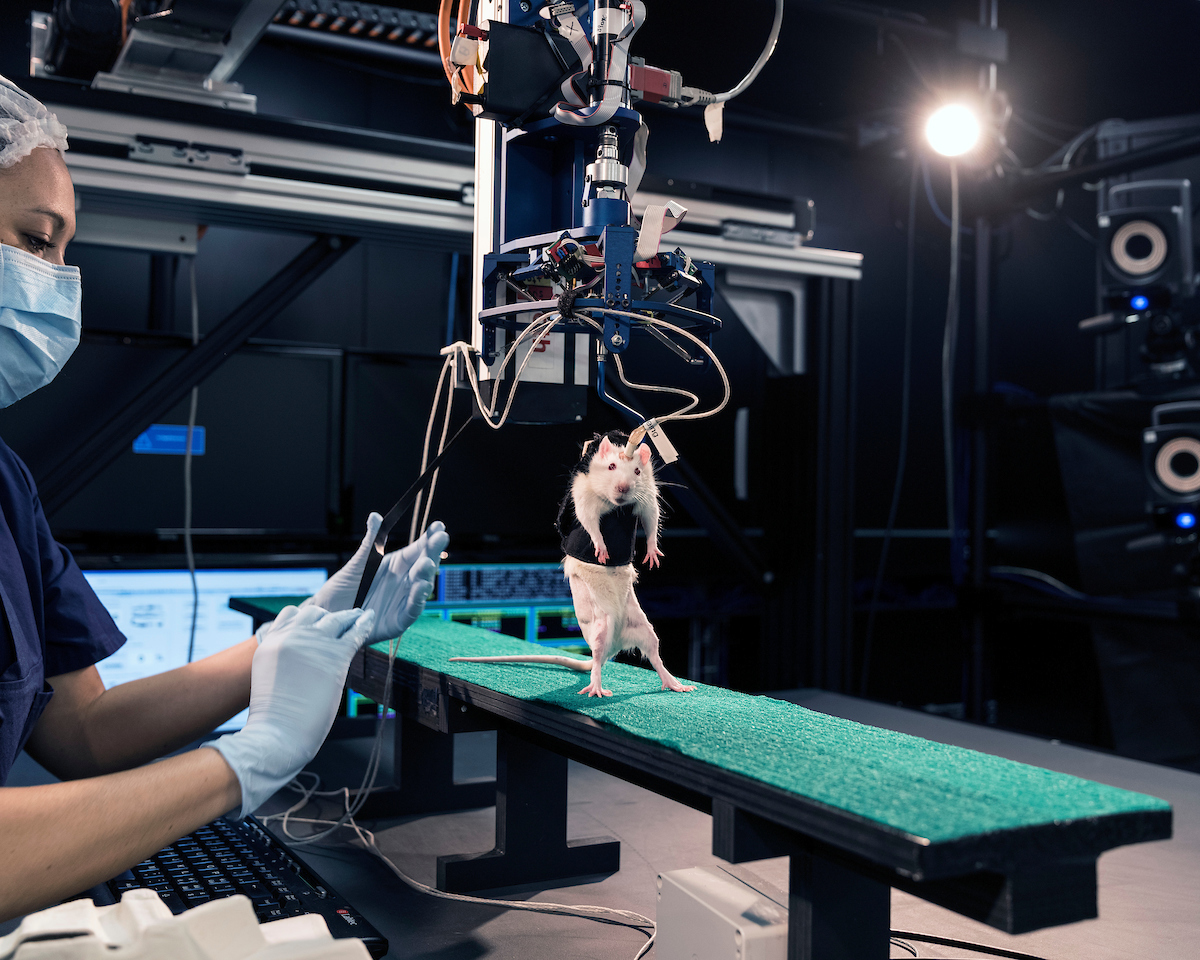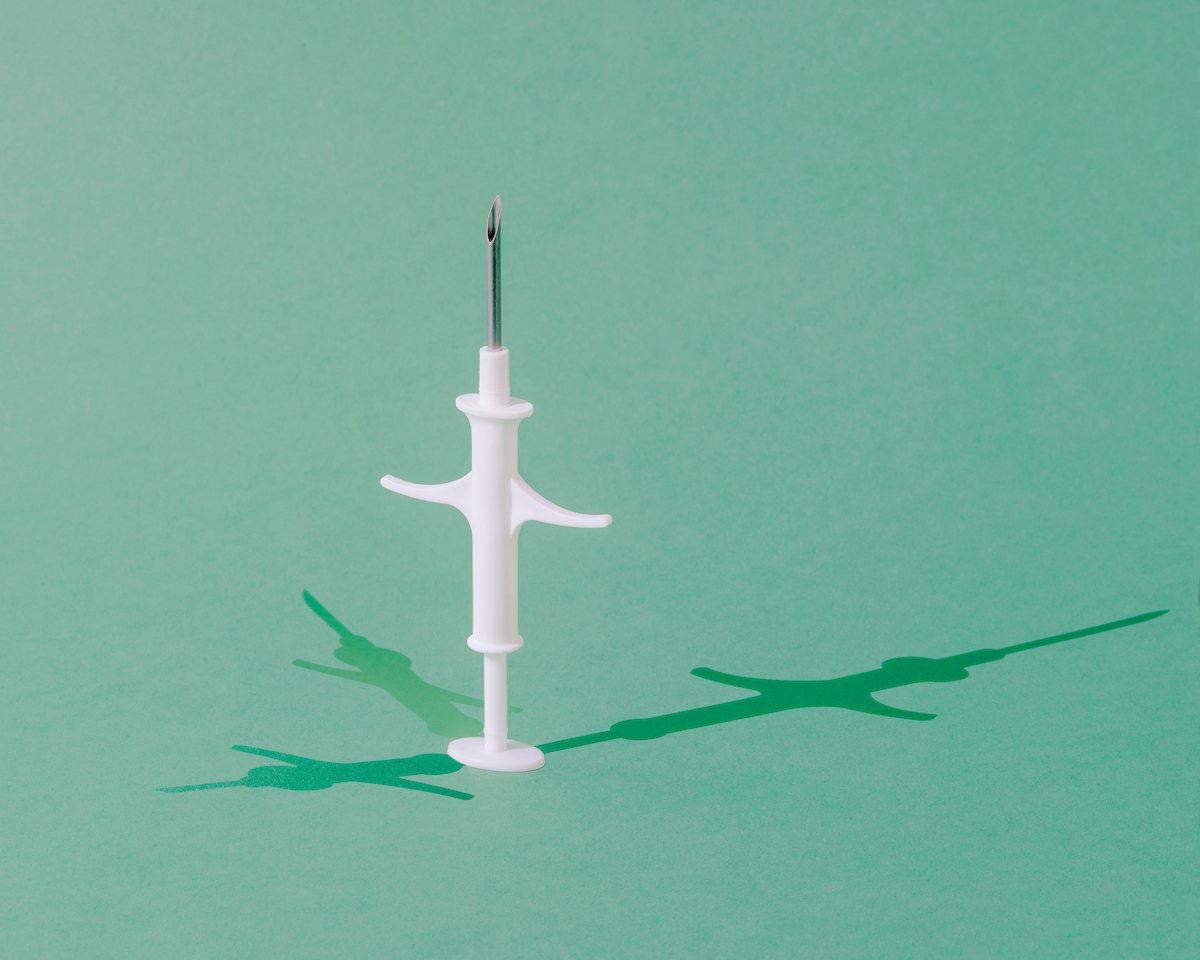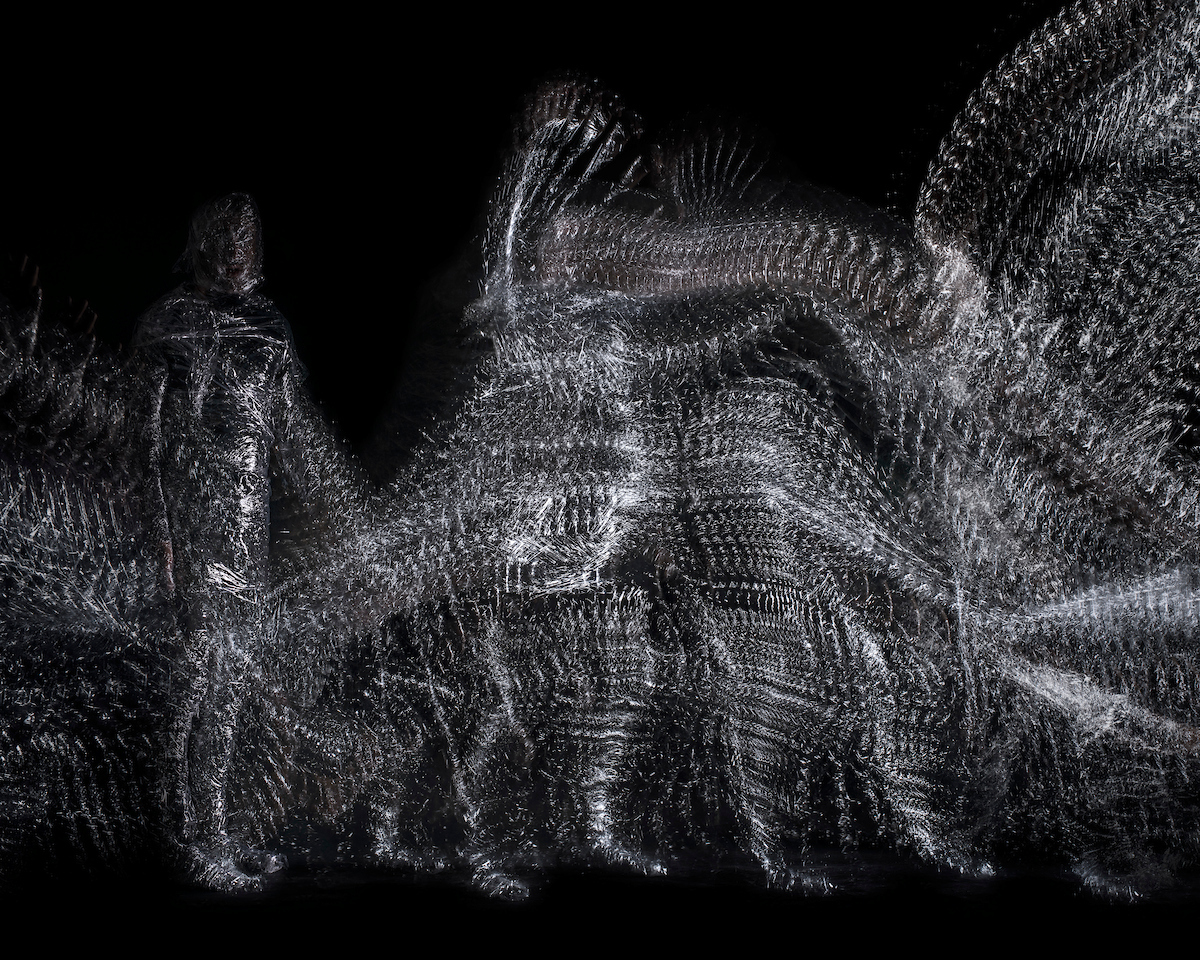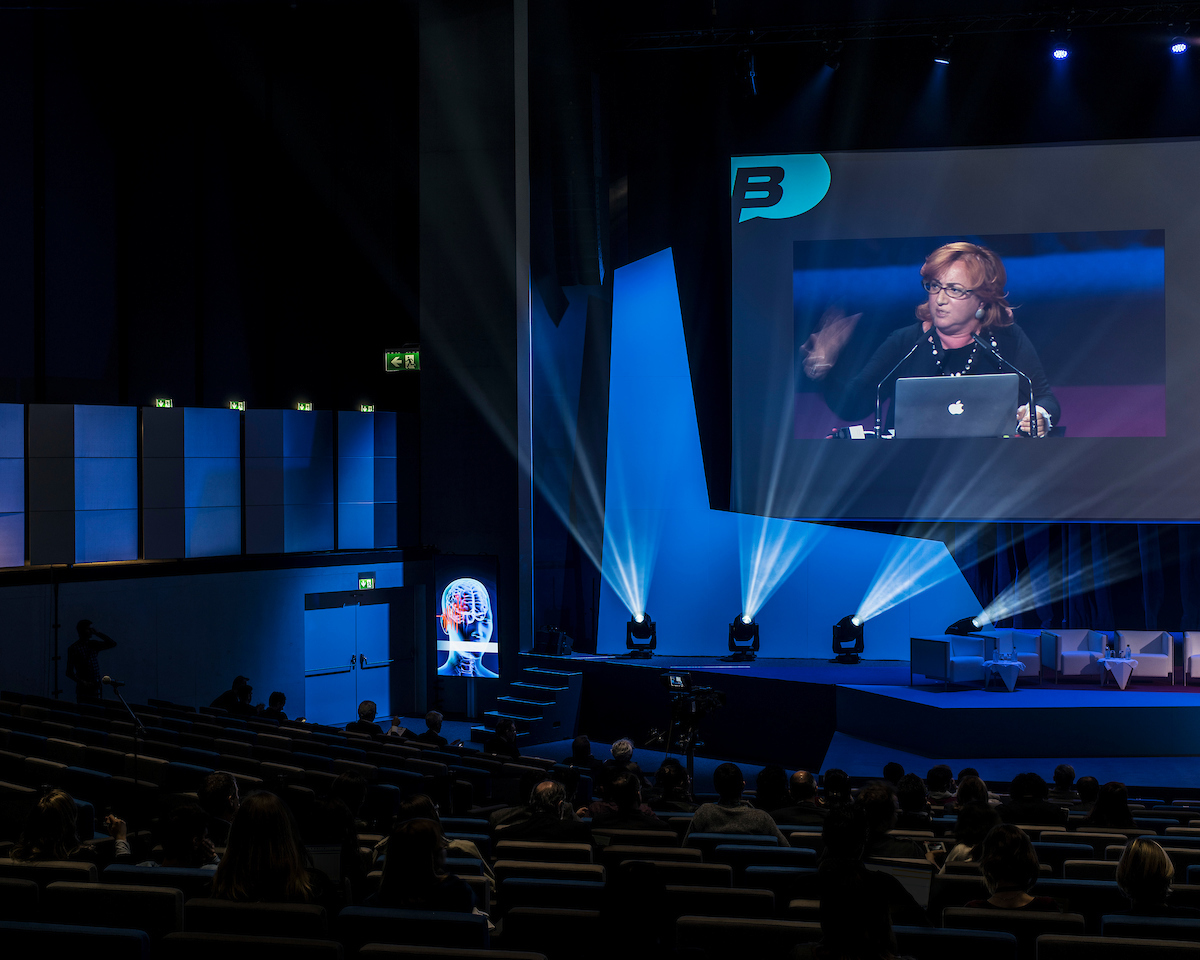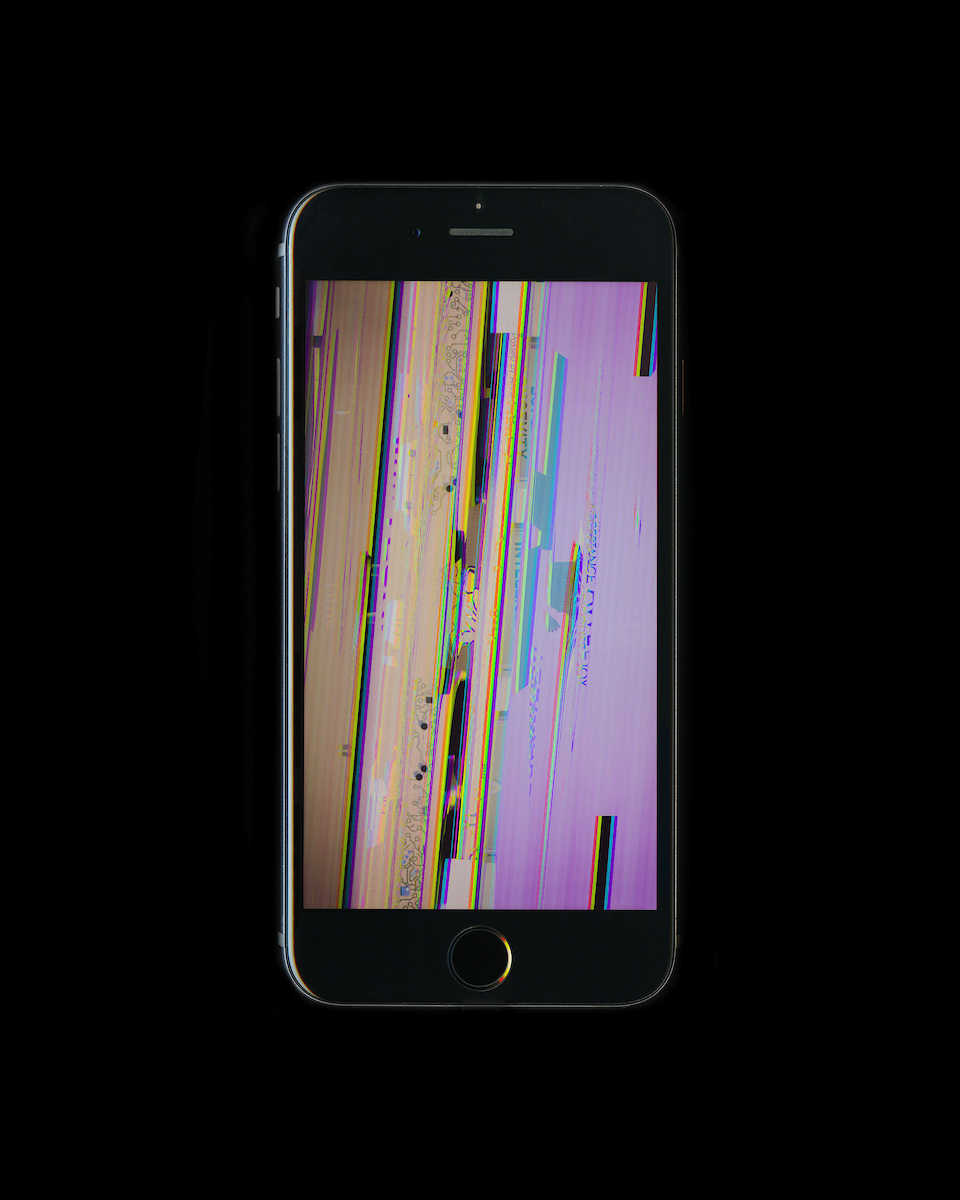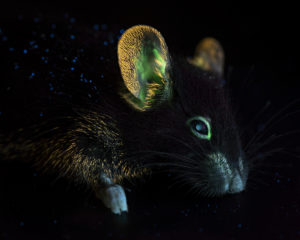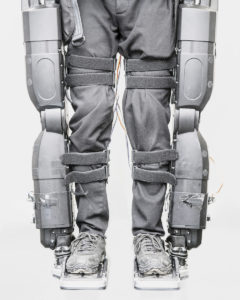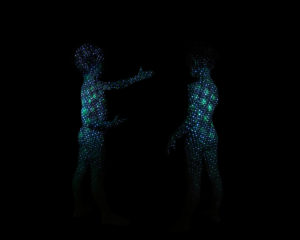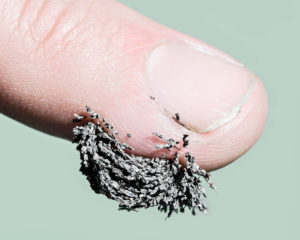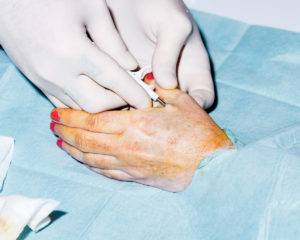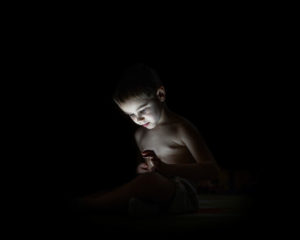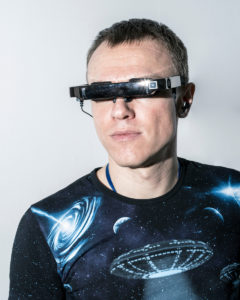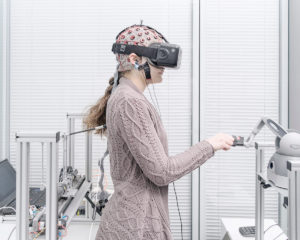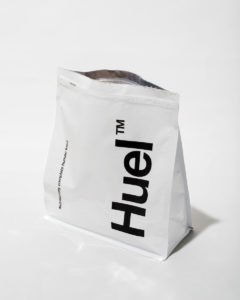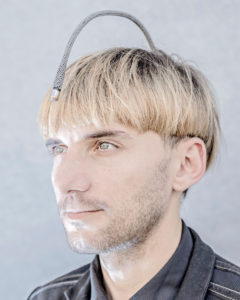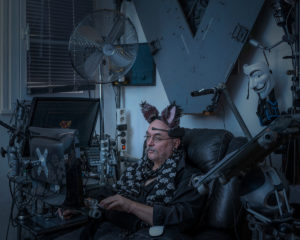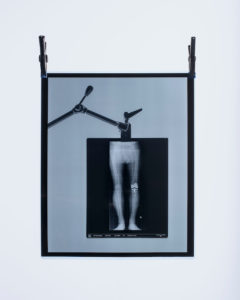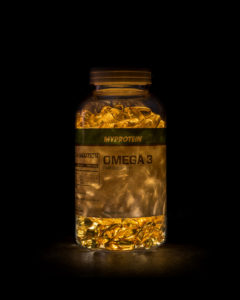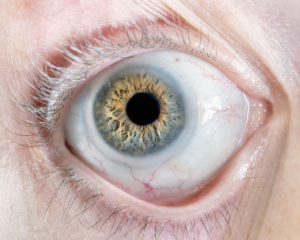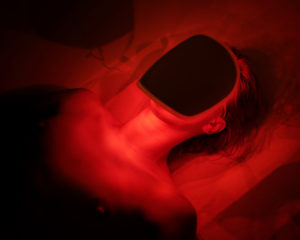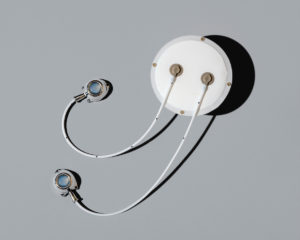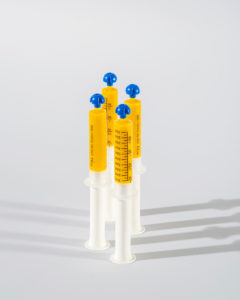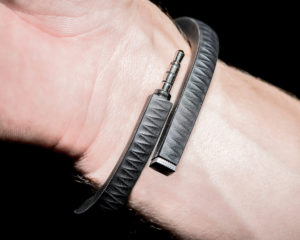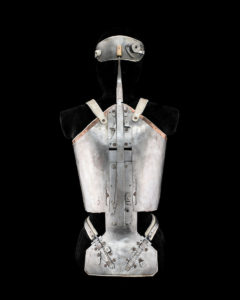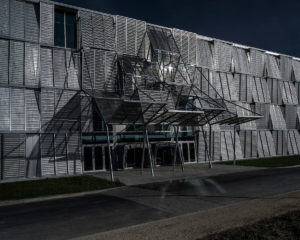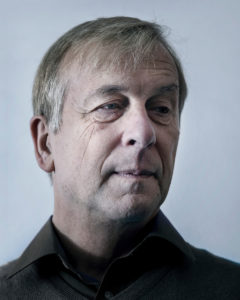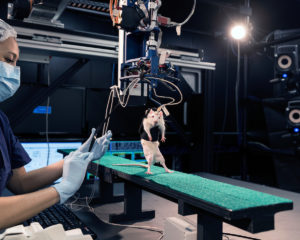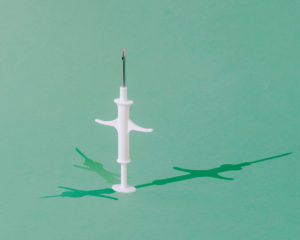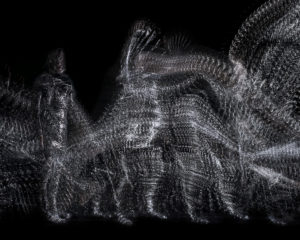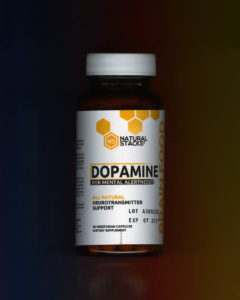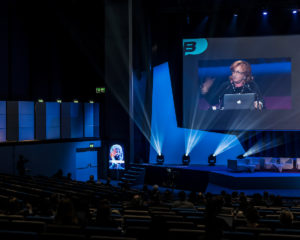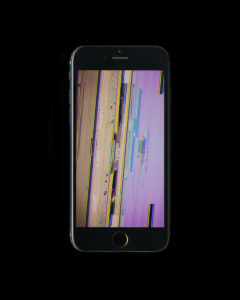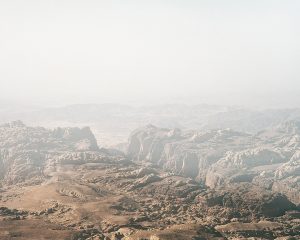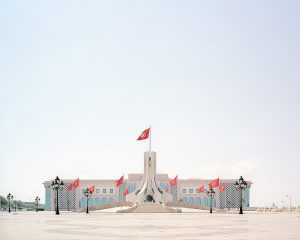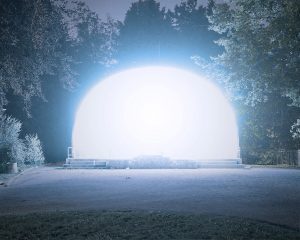- Activities
MAPS is a collective effort proposing new ways and approaches of storytelling to address the world's changing environment and societies.
MORE- Works
- Cultural
- Education
- Collective projects
- Members
MAPS brings together various dedicated professionals who want to start a new adventure and learn from each other in the process.
MORE- Photographers
- Creatives
- Contributors
- Foundation
Series
H+
Matthieu Gafsou
Transhumanism is an intellectual movement that aims to enhance and augment the human body through the use of sciences and technique. This topic refers to everyday purposes, which are already banal, such as the use of pacemakers or smartphones. It also refers to fantasies which advocate immortality and even claim the abandonment of the body made of flesh in favor of the machine. From the myth of the cyborg to the chimera, transhumanism can bring to mind a new religion, expurgated from the tradition and made compatible with the techno-progressive trend that has seized our capitalistic economy.
Even if transhumanists are usually claiming their desire to improve human condition, this movement provokes a very lively debate of ideas, especially regarding the risk of eugenism or the risk of creating a new social class of hyper privileged increased people that would face a mass of obsolete and poor beings, the humans. The imagination of the twentieth century is constellated with such reflections, especially in the cinema, with films like Metropolis, Alphaville, Blade Runner, Gattaca, Matrix or many others…
My project is about the present. What really exists, what we can see, where we can see it. I tried to look at non obvious things that are shaping our minds slowly to transform our relationship to technology. Food for example can be seen today as a chemical prosthesis. Medecine needs more and more technology. Science is now a world of economical and political power. From Switzerland to Russia, between France, Germany and Czech Republic, I’ve been tracking, the people – from biohackers working in garages to major labs –, the objects and sometimes the concepts related to this movement. When I started my research in 2014, I quickly realized that the problem would not be to find information, but to sort it out, to prioritize it and to arrive at a clear map of the transhumanist movement multitude of fragments. It is the sum of these fragments that weaves a network of meaning, a mesh rather than a narrative. Implicitly, this allows me to formulate my relation to documentary photography: it is a bridge of sight and not of a truth. There are, therefore, many defects and deformations. The lights are artificial (flash), even when I work in reporting conditions. I opt for a radicality of renditions, which testifies to the latent violence involved in the technological transformations under way. And reinforces the already explicit signal: this vision is fabricated by a point of view whose presence is made manifest by formal artifices.

